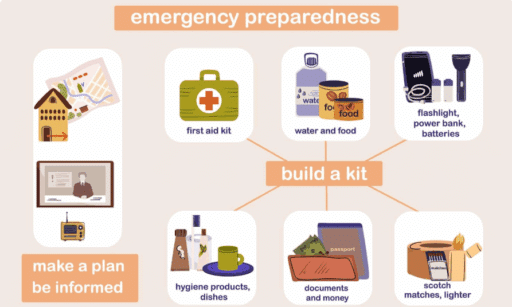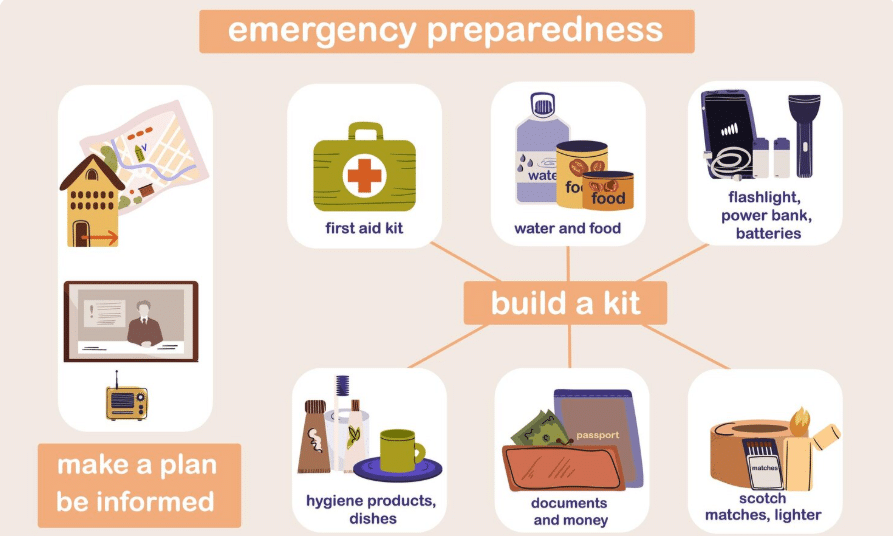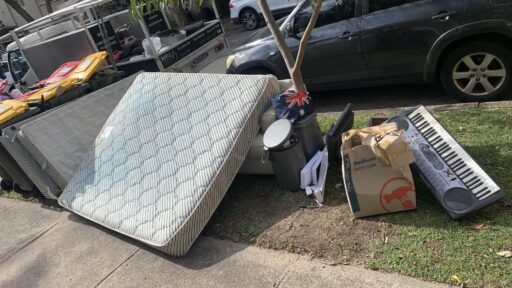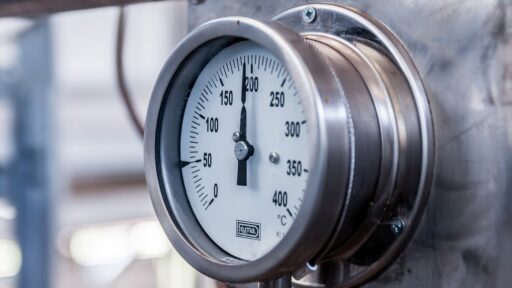Natural disasters can strike without warning, leaving families vulnerable and communities devastated. From hurricanes and tornadoes to earthquakes and floods, these unpredictable events test our resilience and preparedness. Having a comprehensive home preparedness plan isn’t just about peace of mind—it’s about protecting your family’s safety and well-being when emergency services may be overwhelmed or unreachable.
The key to effective disaster preparedness lies in understanding that emergencies don’t wait for convenient timing. They can occur during work hours when family members are scattered across town, in the middle of the night when visibility is limited, or during severe weather when travel becomes dangerous. A well-thought-out preparedness strategy addresses these variables while ensuring your household can maintain basic needs for an extended period.
Essential Water and Food Storage
Water remains the most critical element of any disaster preparedness plan. The general recommendation is storing one gallon of water per person per day, with a minimum three-day supply for each household member. However, experienced emergency planners suggest extending this to a two-week supply when storage space permits. Remember to include water for pets and consider additional needs for cooking, sanitation, and medical requirements.
Food storage should focus on non-perishable items that require minimal preparation. Canned goods, dried fruits, nuts, protein bars, and shelf-stable meals form the foundation of emergency food supplies. Rotate these items regularly to maintain freshness and ensure expiration dates remain current. Consider dietary restrictions, food allergies, and special nutritional needs of family members, including infants and elderly relatives who may require specific food types.
Power and Communication Systems
Modern families rely heavily on electrical power for lighting, refrigeration, communication, and medical equipment. When natural disasters knock out electrical grids, having reliable backup power becomes essential for maintaining safety and communication with the outside world. This is where quality power generation equipment proves invaluable, and AA Power Generators offers solutions designed to keep homes operational during extended outages.
Portable generators provide immediate power restoration for essential appliances, while standby generators offer seamless transition during power failures. Consider your household’s specific power needs, including medical equipment, refrigeration for medications, and communication devices. Solar-powered chargers and battery banks serve as excellent supplementary power sources for smaller electronics like phones, radios, and flashlights.
Communication planning extends beyond just having charged devices. Establish contact points outside your immediate area where family members can leave messages if local communication systems fail. Battery-powered or hand-crank radios provide access to emergency broadcasts when internet and cellular services become unreliable.
Medical Supplies and First Aid Preparedness
Medical emergencies often accompany natural disasters, making comprehensive first aid supplies essential for every prepared household. Stock bandages, antiseptic solutions, pain relievers, prescription medications, and any specialized medical equipment your family requires. Include a detailed first aid manual and ensure multiple family members understand basic emergency medical procedures.
Prescription medications deserve special attention in disaster planning. Maintain at least a one-month supply of essential medications, rotating stock to prevent expiration. Keep copies of prescriptions and medical records in waterproof containers, and establish relationships with pharmacies in multiple locations to ensure medication access if your primary pharmacy becomes unavailable.
Important Documents and Financial Preparedness
Disasters can destroy irreplaceable documents, creating long-term complications for insurance claims, identification, and financial recovery. Create digital copies of important documents including identification cards, insurance policies, medical records, financial account information, and property deeds. Store these digital copies in cloud-based services and on physical storage devices kept in waterproof, fireproof containers.
Financial preparedness includes maintaining cash reserves since electronic payment systems may become unavailable during disasters. Small denomination bills prove most useful for purchasing supplies or services when credit card systems fail. Consider keeping cash in multiple locations to reduce the risk of total loss.
Shelter and Clothing Considerations
Home damage from natural disasters may require temporary alternative shelter arrangements. Prepare emergency shelter supplies including tarps, rope, duct tape, and basic tools for temporary repairs. Sleeping bags, blankets, and weather-appropriate clothing for each family member ensure comfort during power outages or if evacuation becomes necessary.
Seasonal clothing considerations are particularly important in areas experiencing temperature extremes. Summer disasters may require lightweight, protective clothing and cooling supplies, while winter emergencies demand insulated clothing, blankets, and heating alternatives that function without electricity.
Transportation and Evacuation Planning
Vehicle preparedness plays a crucial role in disaster response, whether for evacuation or accessing supplies during recovery periods. Maintain full fuel tanks when weather reports suggest potential disasters, and keep emergency supplies in vehicles including water, non-perishable food, first aid kits, tools, and communication devices.
Develop multiple evacuation route plans since primary routes may become impassable during disasters. Practice these routes with family members and identify safe meeting locations both within your immediate area and in distant locations. Ensure all family members understand evacuation procedures and have access to important contact information.
Creating Your Family Emergency Plan
Disaster preparedness extends beyond collecting supplies to include comprehensive family planning and communication strategies. Hold regular family meetings to discuss emergency procedures, assign responsibilities, and practice evacuation routes. Children should understand basic safety procedures appropriate for their age level, including how to contact emergency services and where to meet family members.
Consider the unique needs of elderly family members, individuals with disabilities, and pets when developing your emergency plan. These considerations may require additional supplies, modified evacuation procedures, or arrangements with neighbors and community members who can provide assistance during emergencies.
The investment in disaster preparedness pays dividends in safety, security, and peace of mind. While we cannot predict when natural disasters will occur, we can control our level of preparation. Start building your comprehensive home preparedness plan today, focusing on the essential elements that will keep your family safe, comfortable, and connected during nature’s most challenging moments. Remember that preparedness is an ongoing process requiring regular review, updates, and practice to remain effective when disasters strike.








